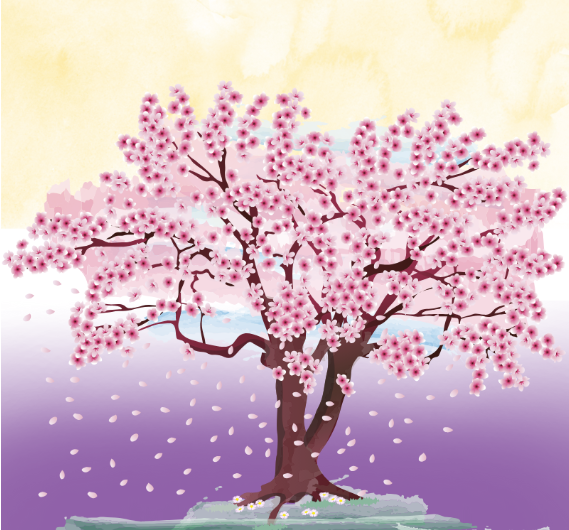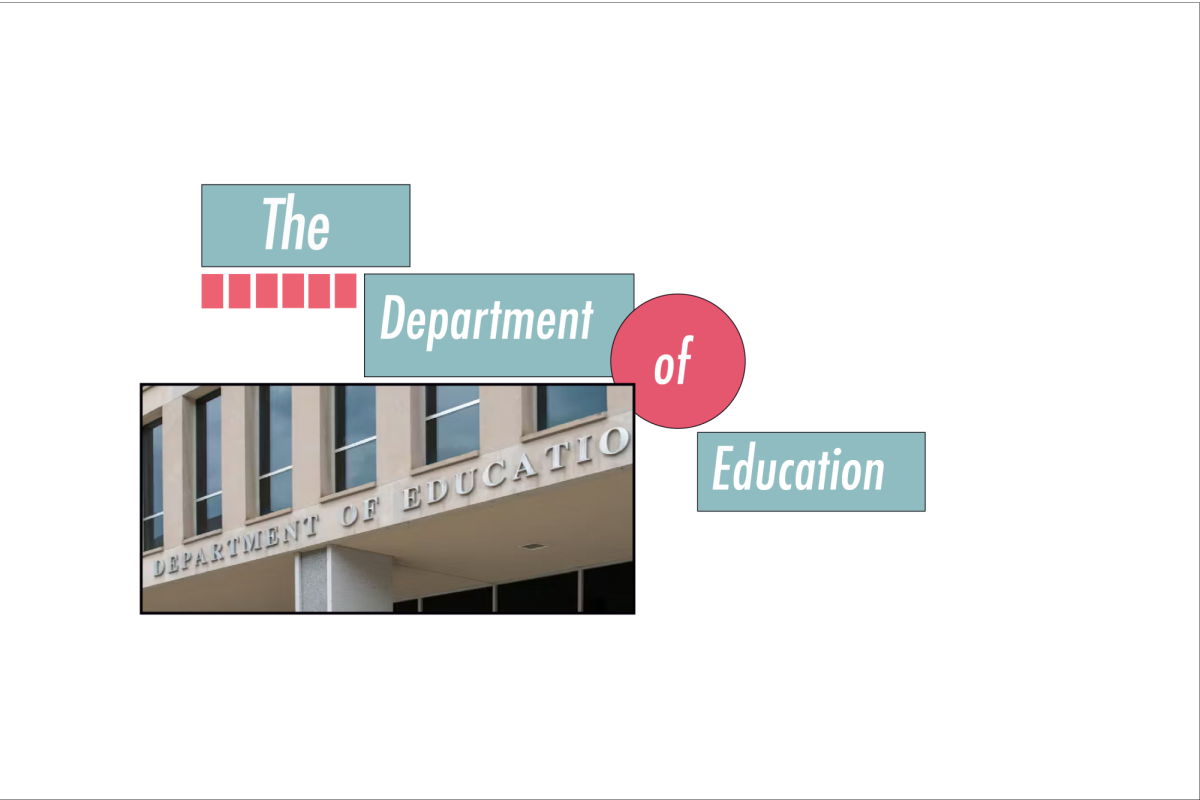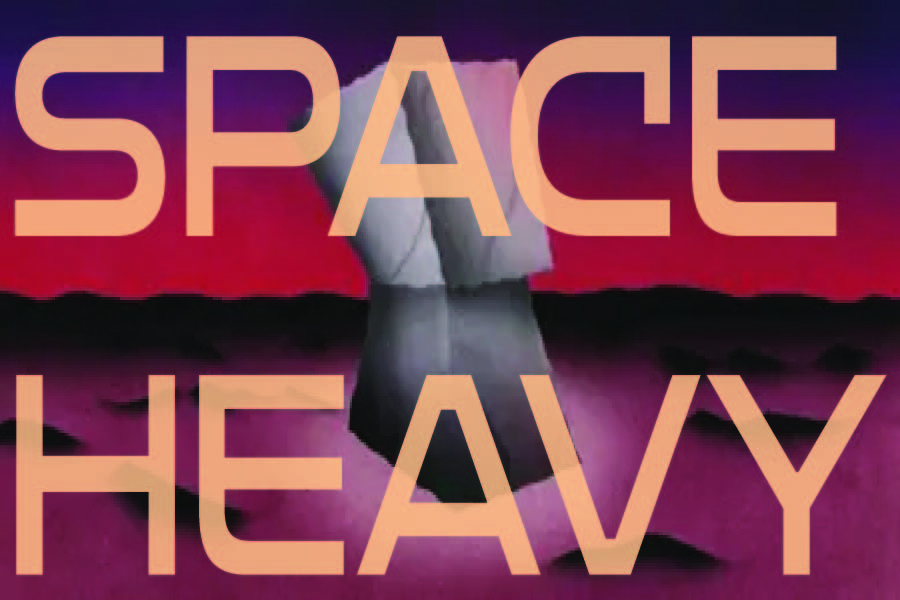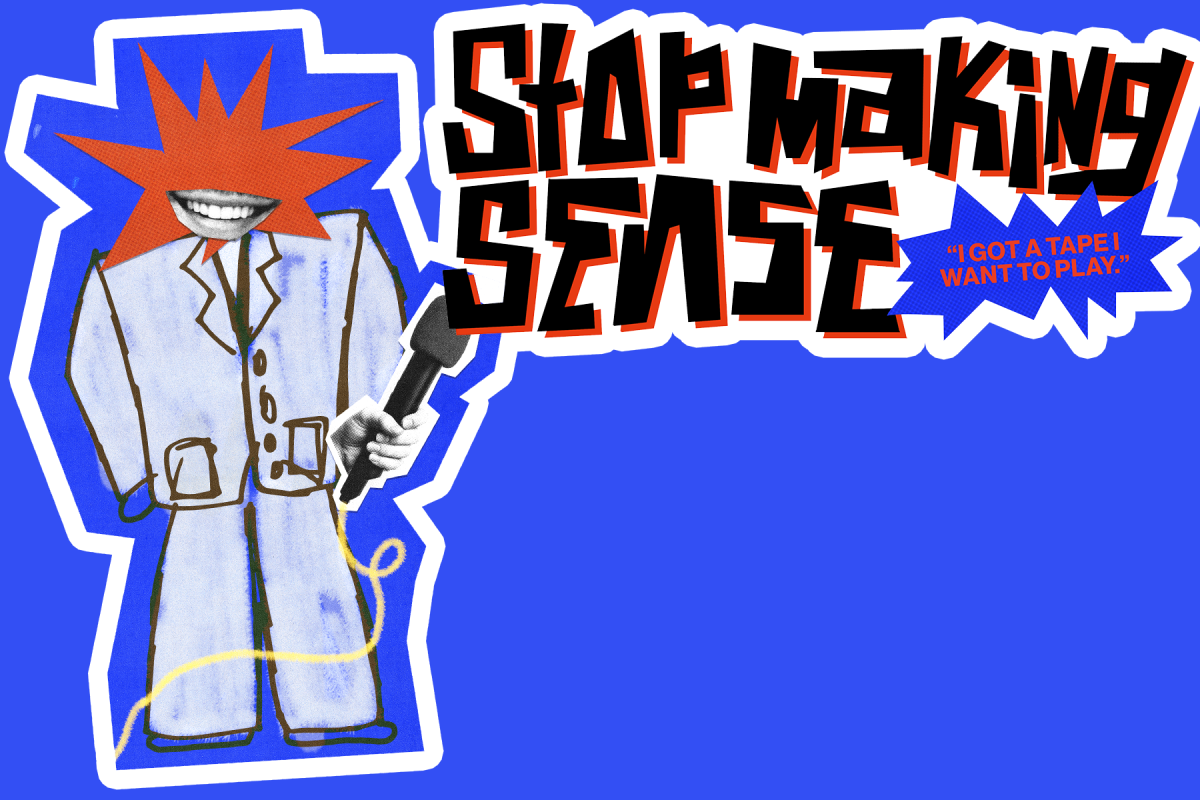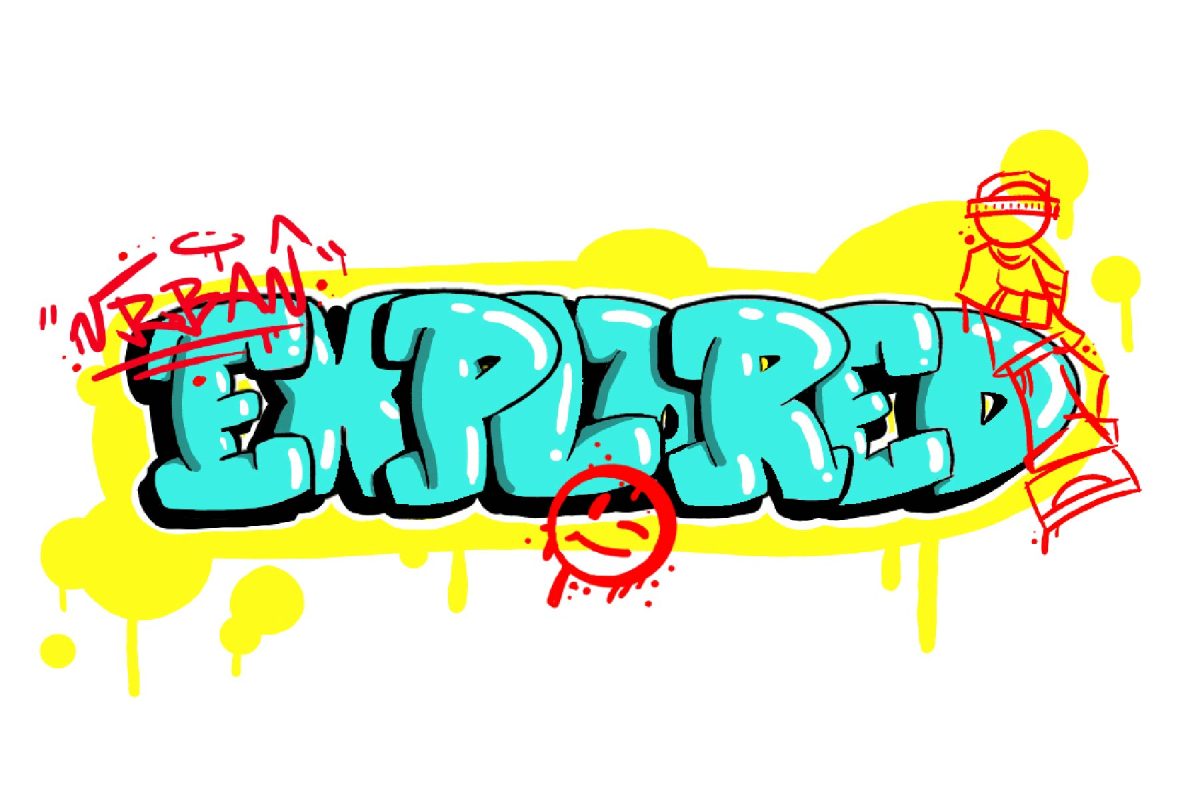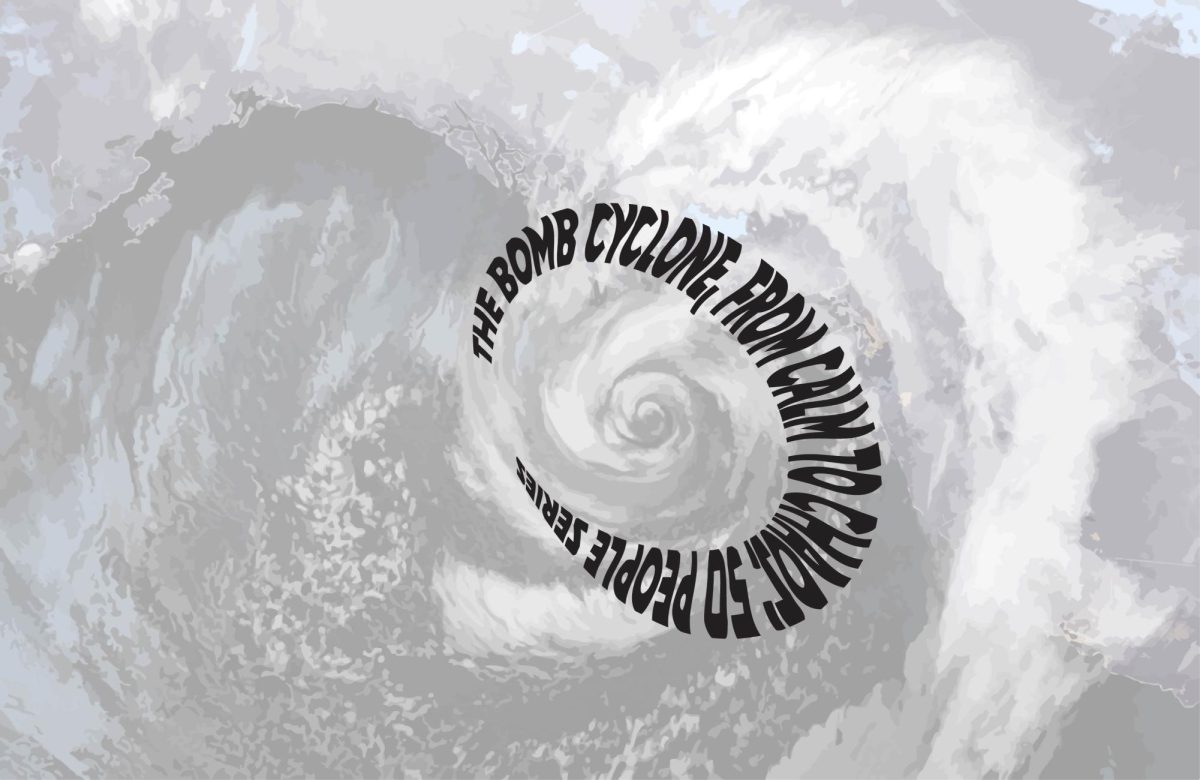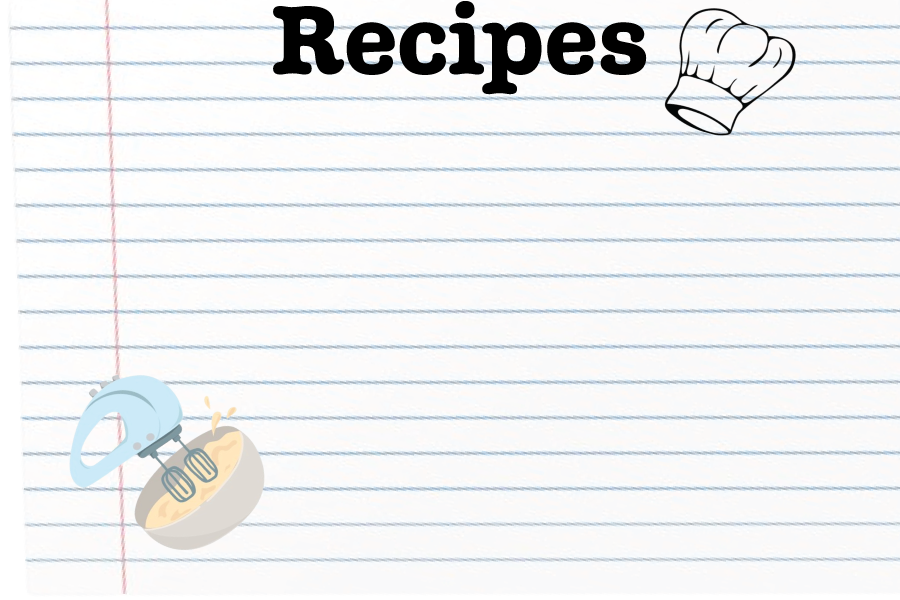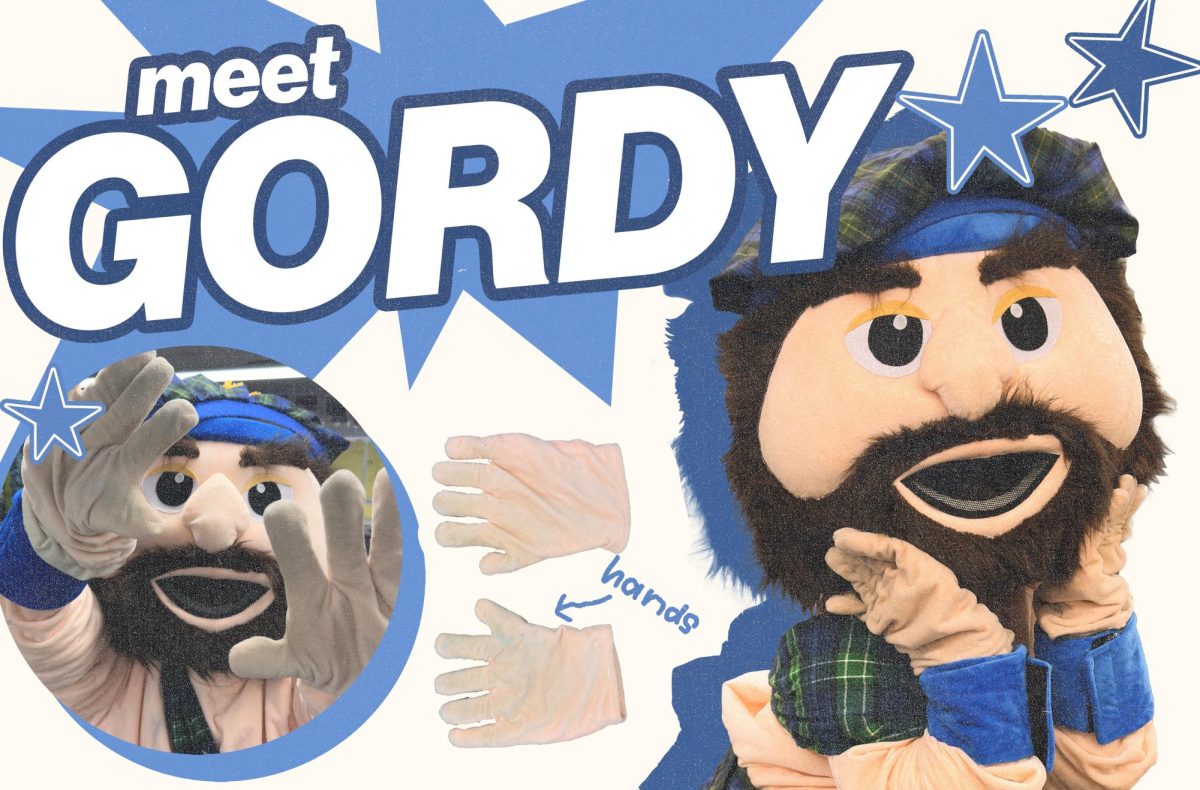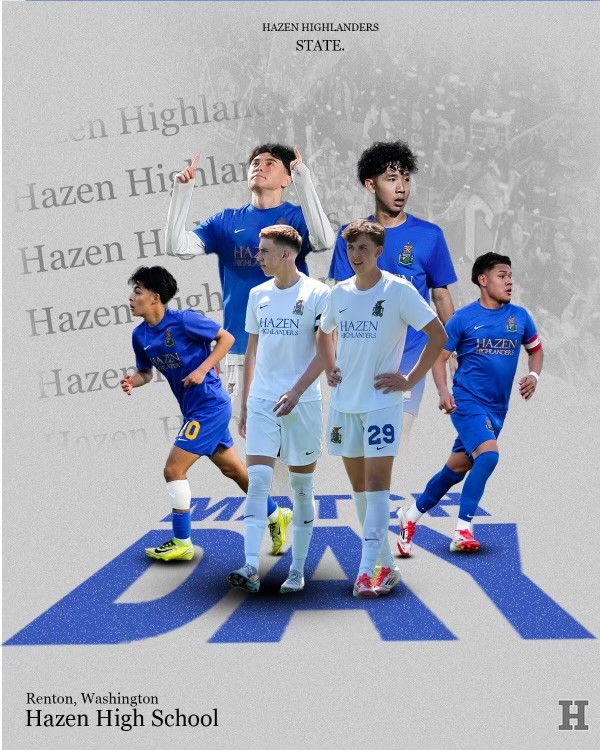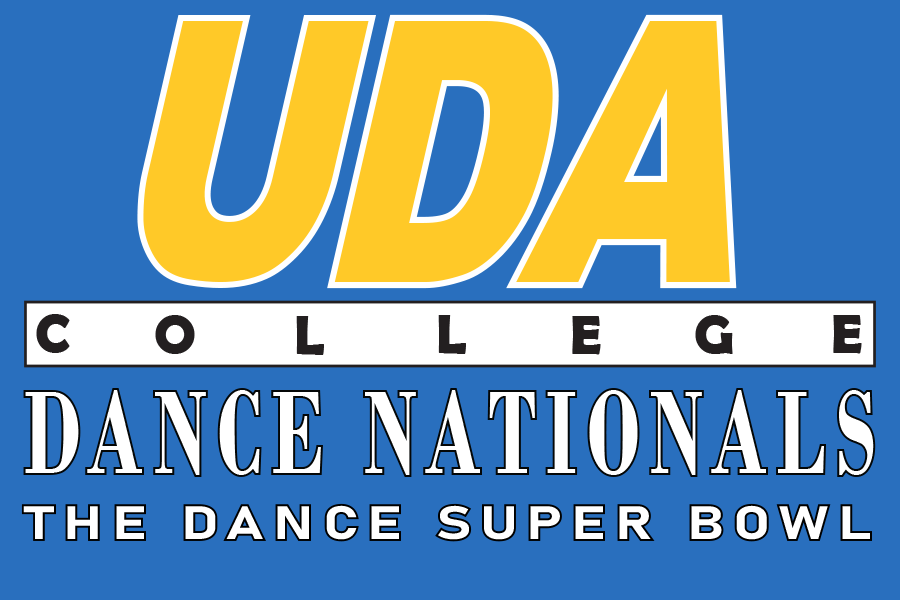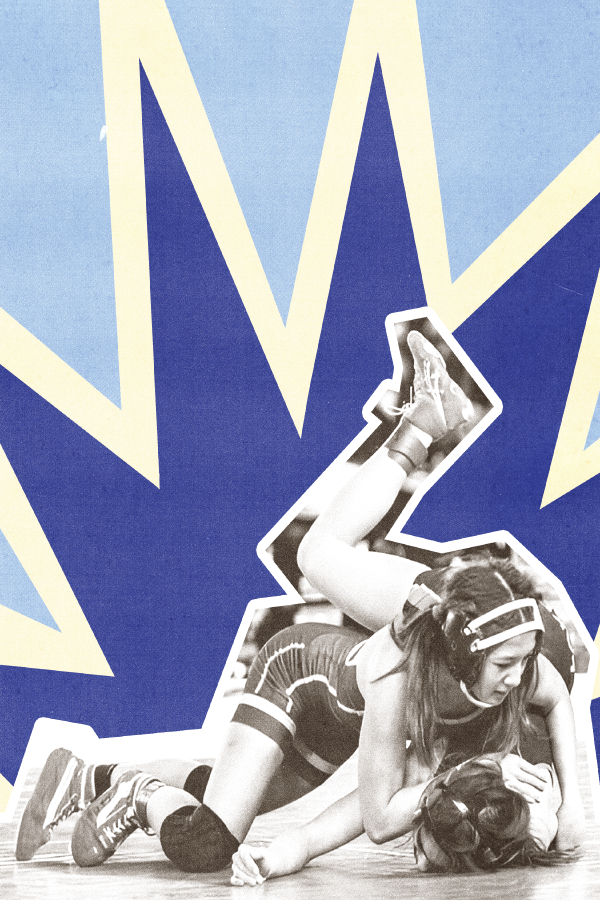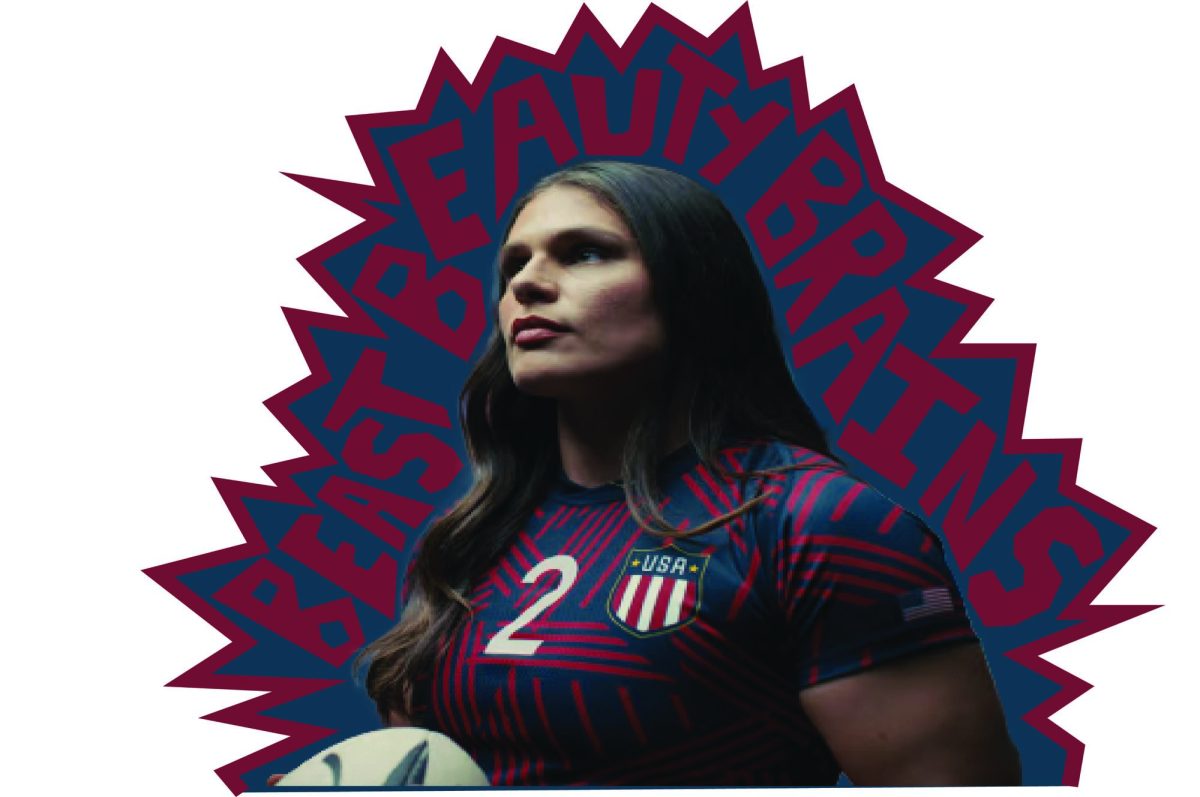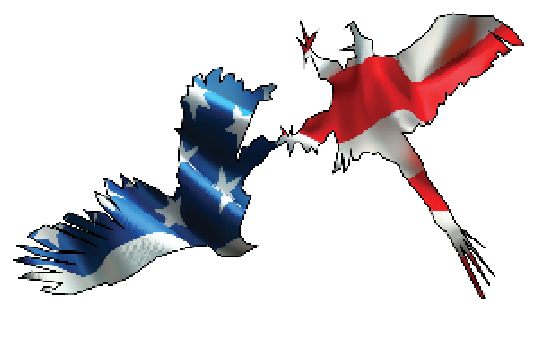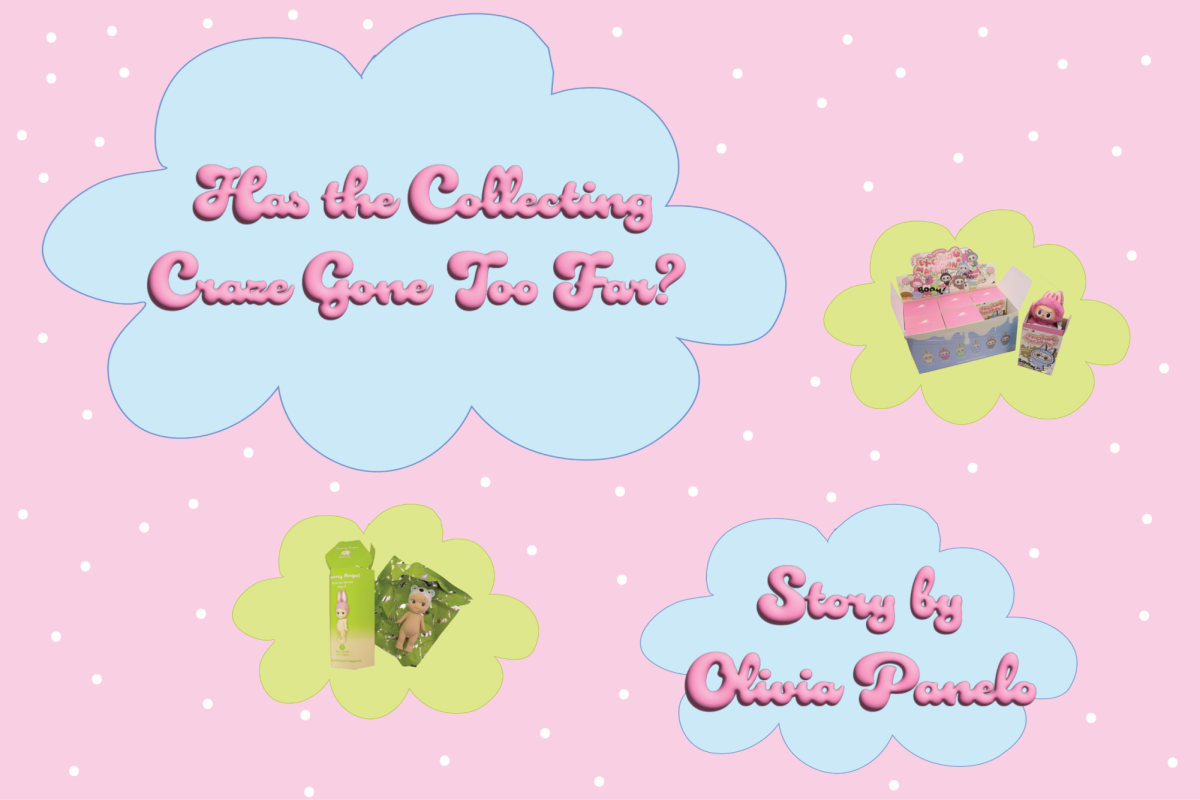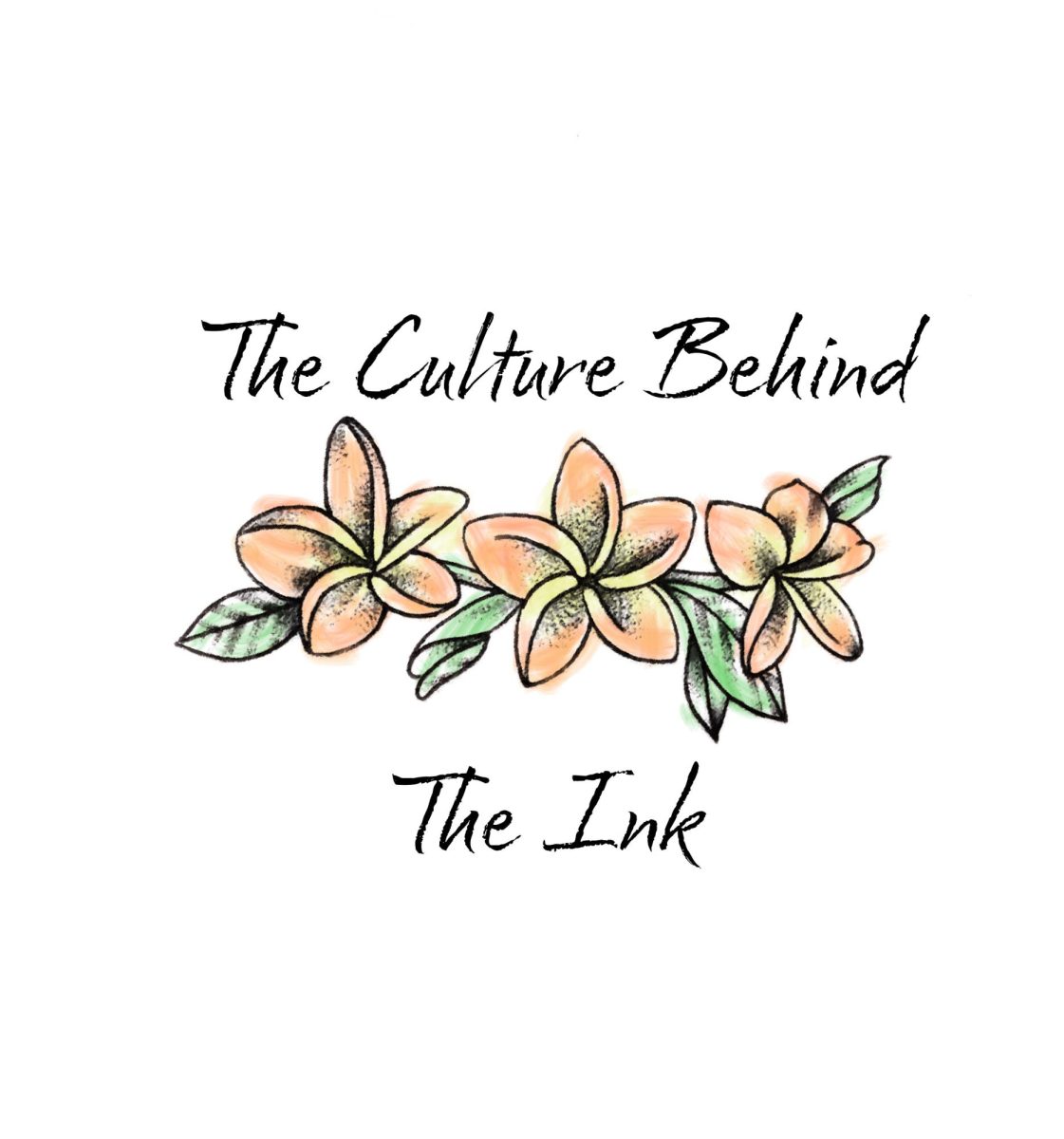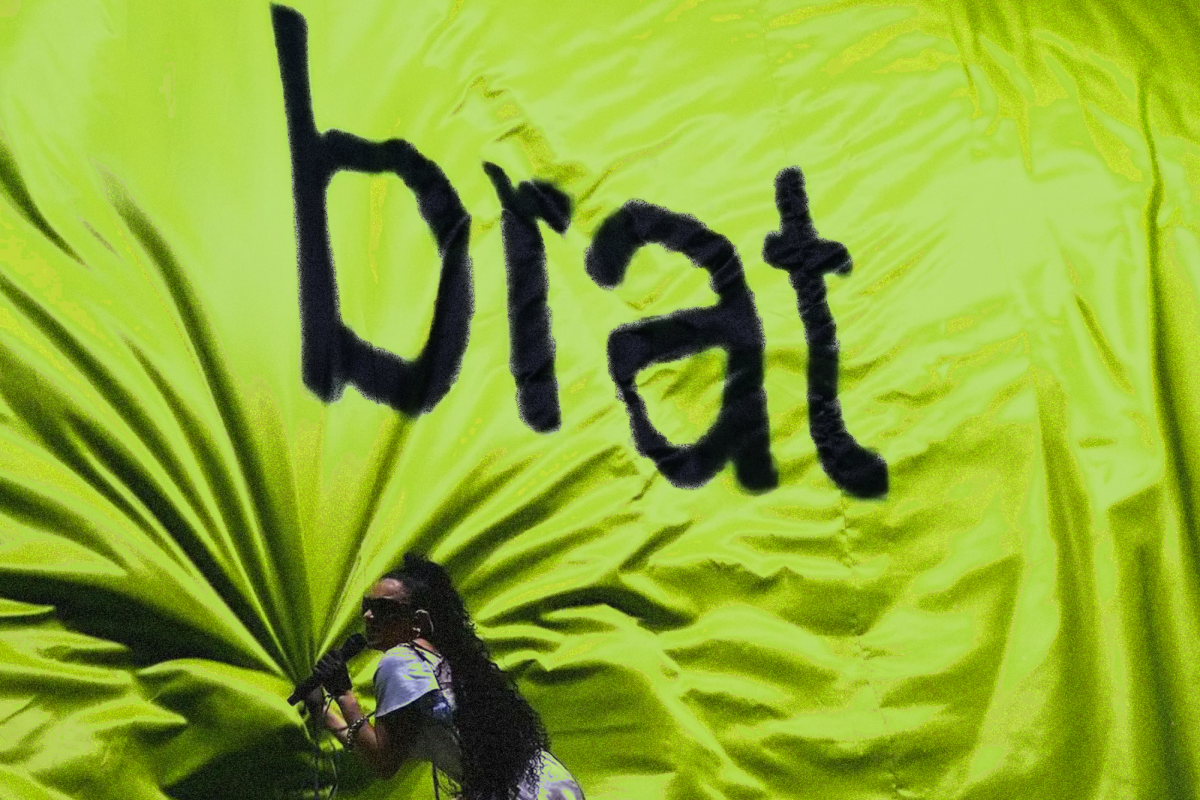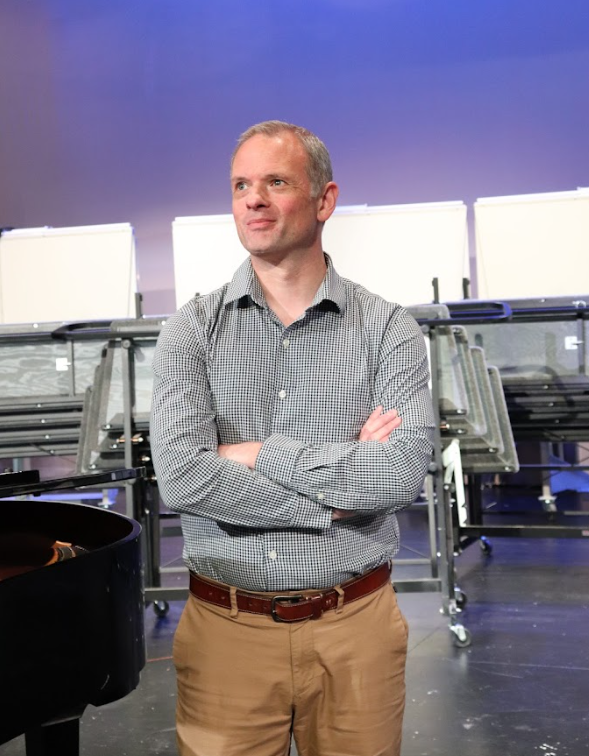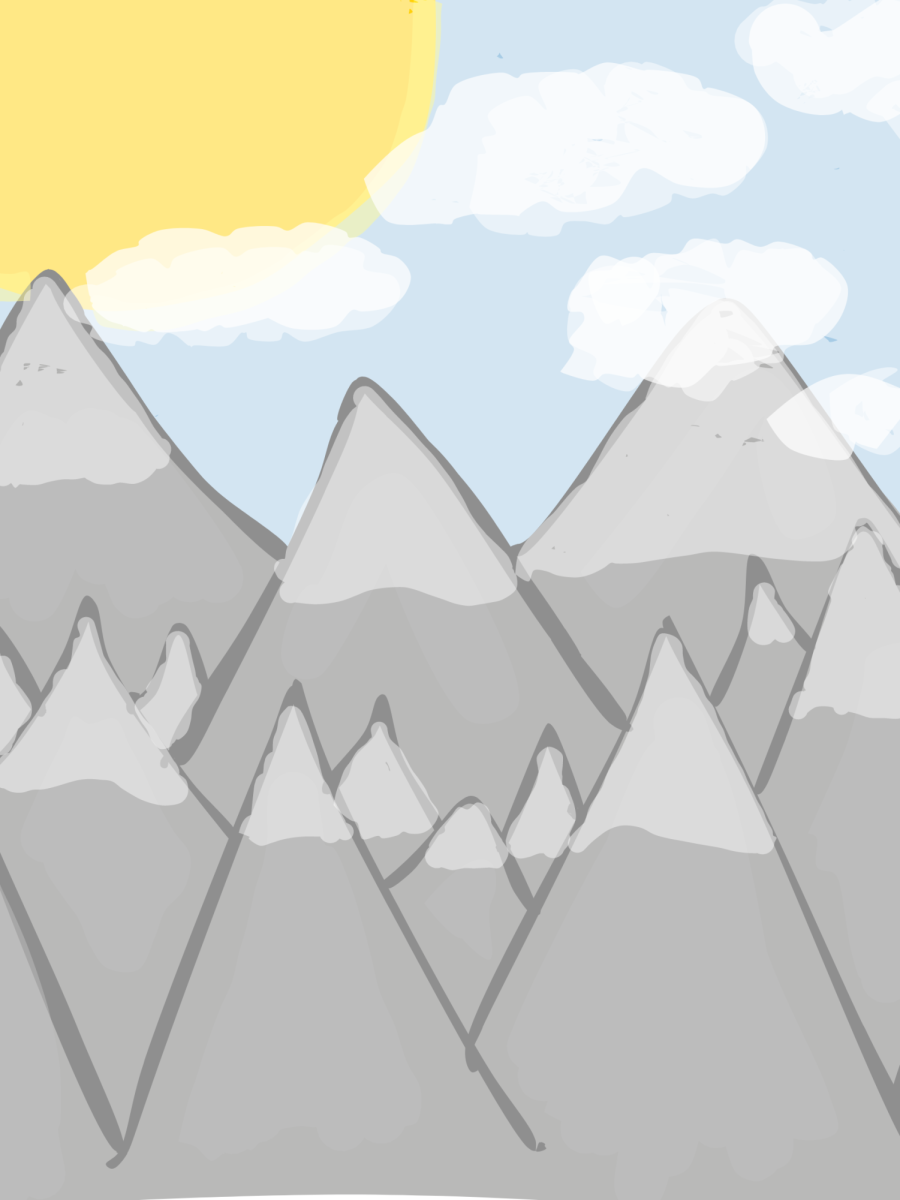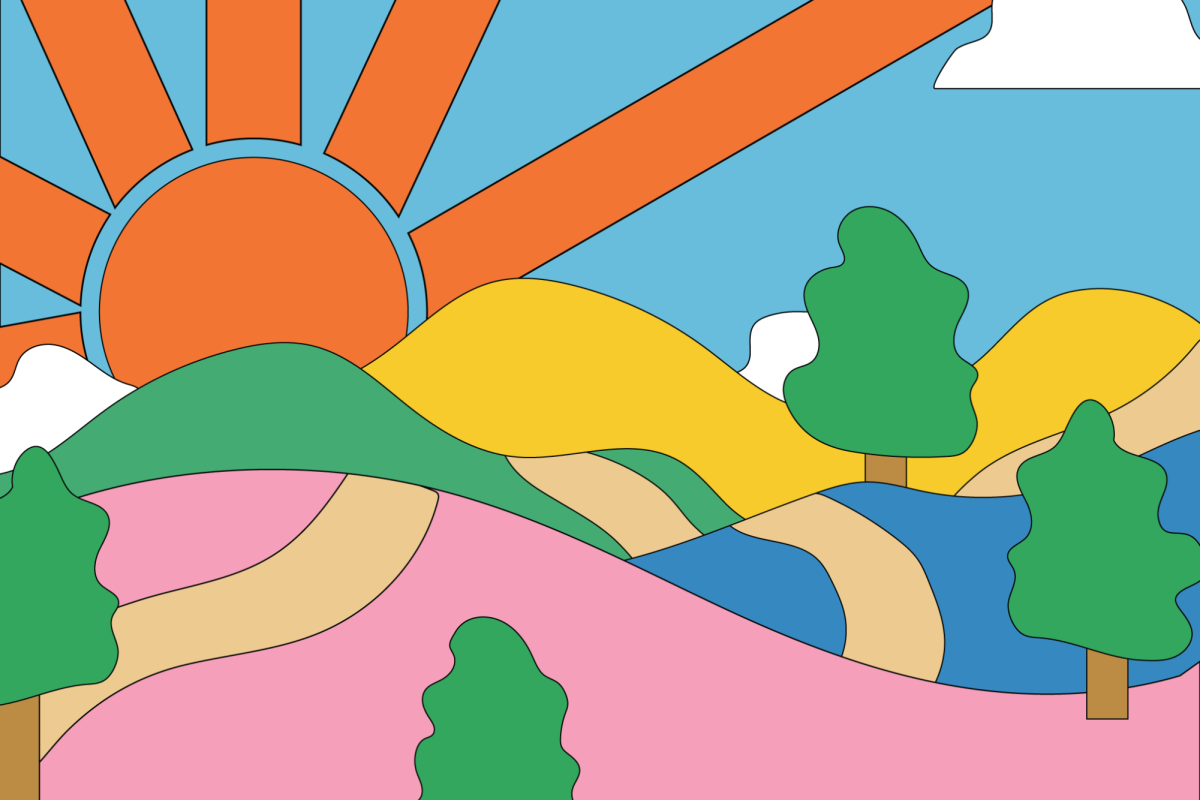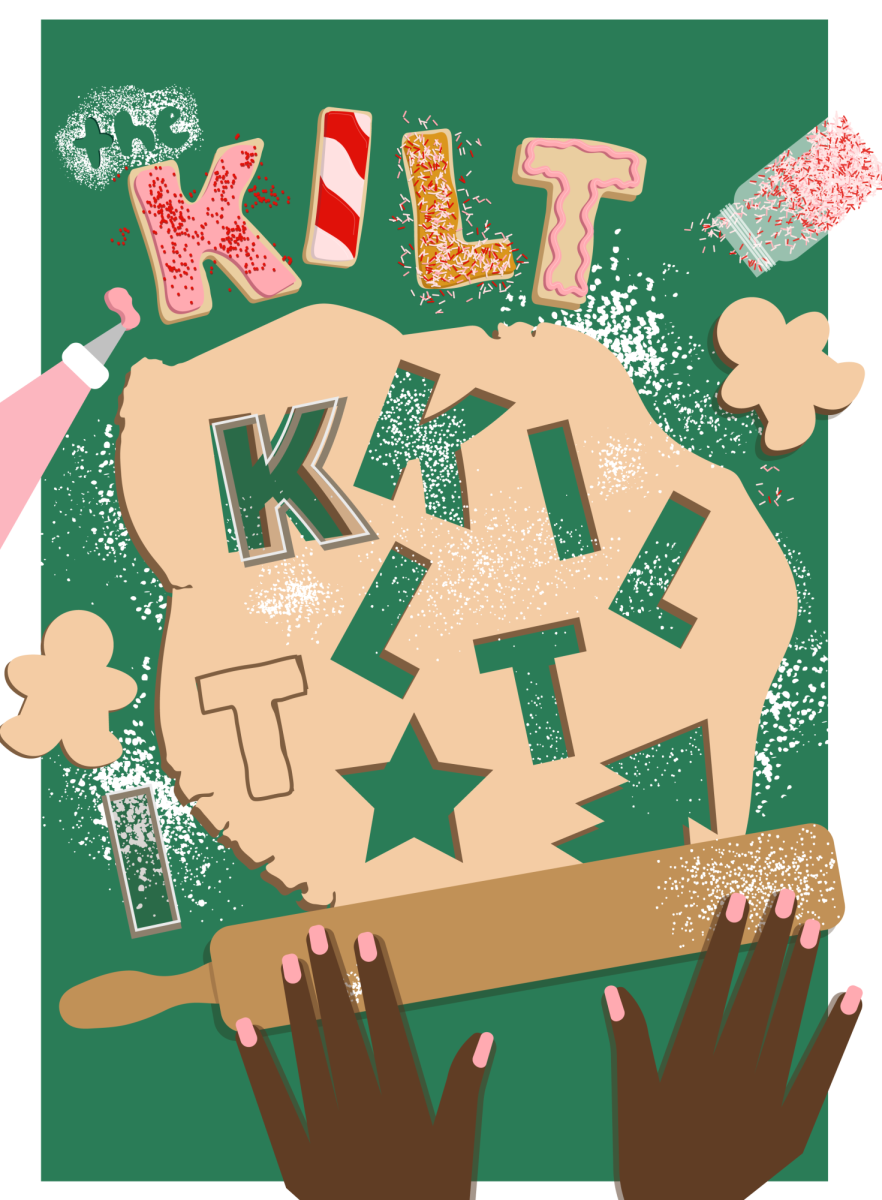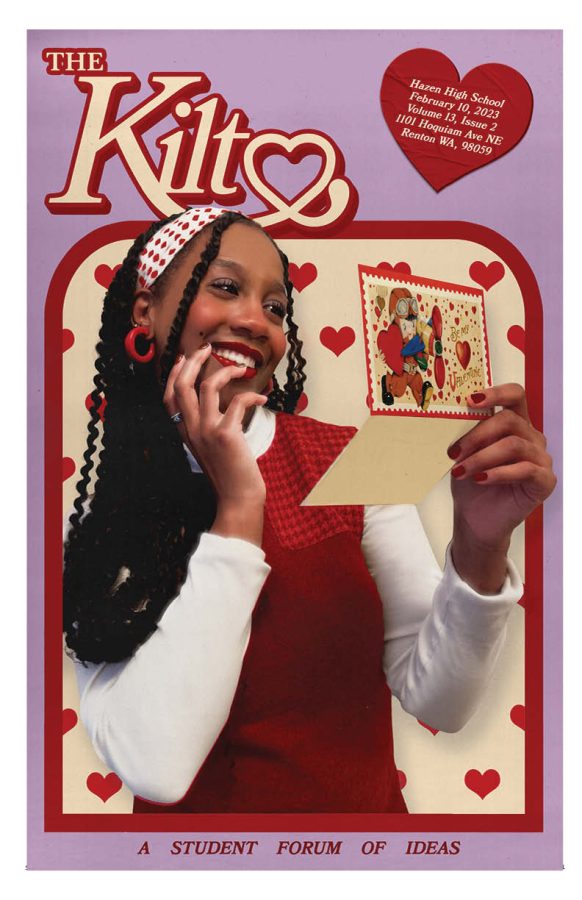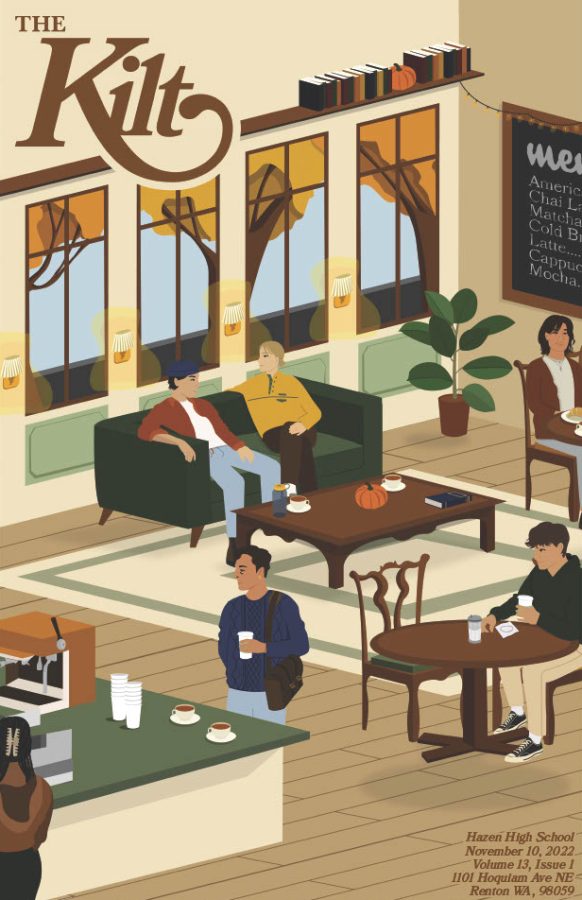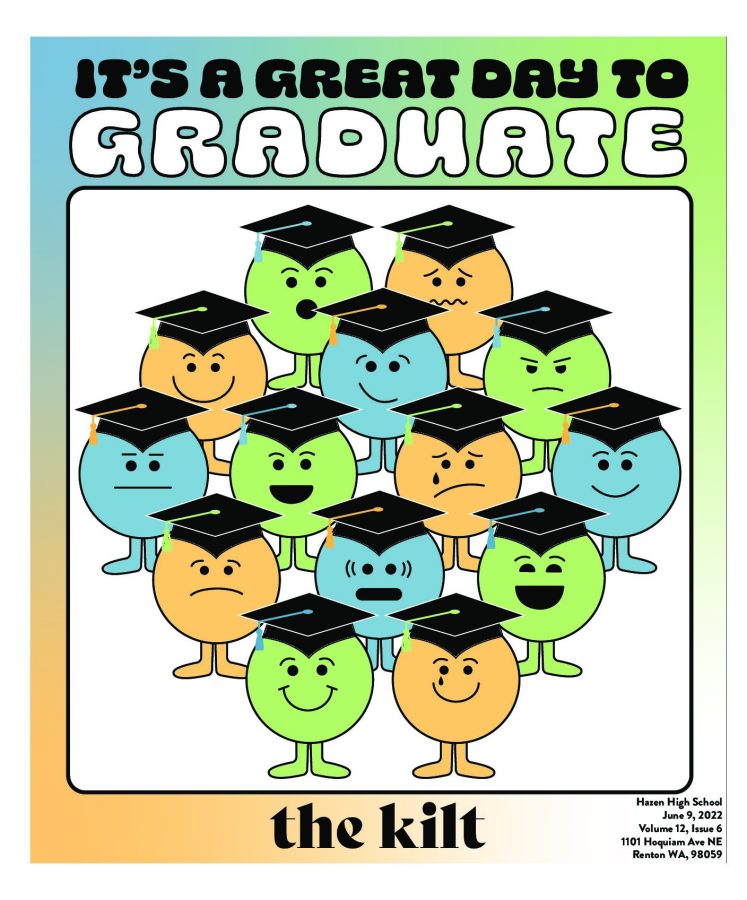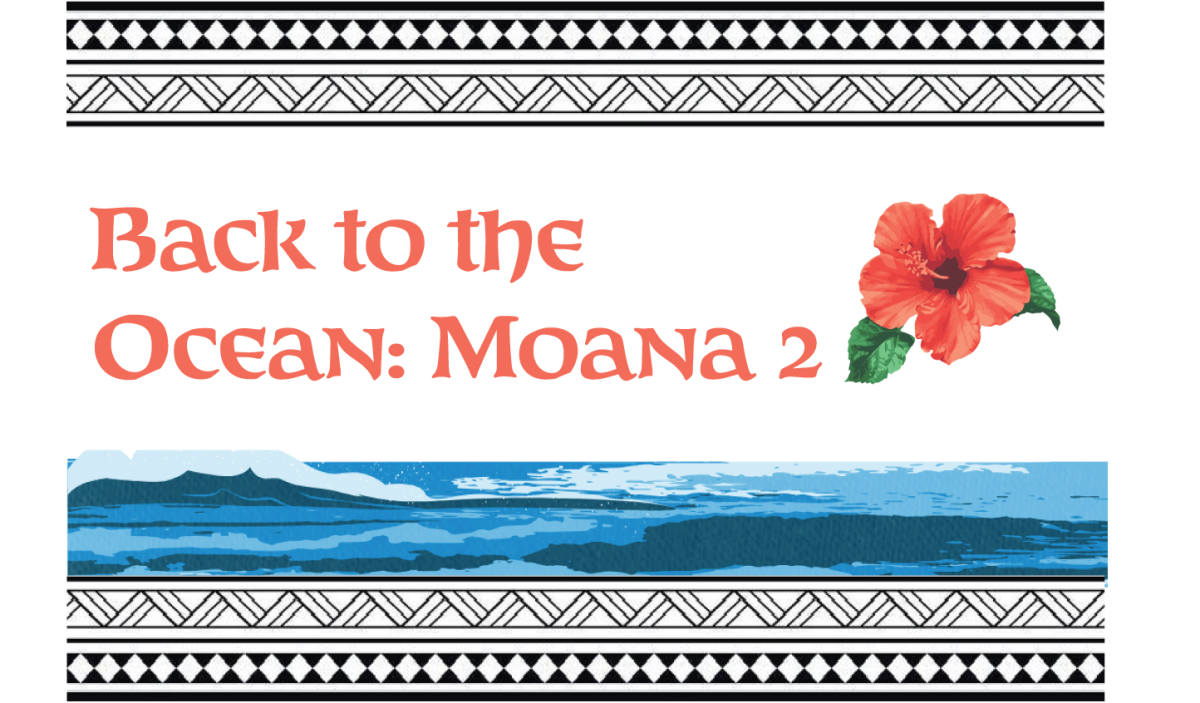Disney is known for making magical and memorable movies, and the movie Moana is no exception. Released on November 23, 2016, Moana travels the sea to save her island, facing many challenges, deities, and creatures based on Pacific Islander culture.
Eight years later, on November 27, Disney released Moana 2 in theaters, reigniting a sense of pride in all of the Pacific Islander community, especially in the people of Polynesian and Melanesian backgrounds. In the sequel, there are a lot more references and gestures toward traditions, myths, folklore, and overall way of life. This, in turn, caused more excitement for the second movie than there was for the first one. To some, this is just another set of Disney movies about another new princess character on a new life-changing adventure. For others, it is a film that highlights their heritage and shares their values and culture with the rest of the audience.
I must say, I originally was not a big fan when the first movie of Moana came out because when people thought of my culture or any Pacific Islander culture, they would only think of Moana. While the movie is built on our culture (different pieces and aspects from different people/cultures) were put together and do not represent just one culture or race. It is important to remember that the movie was based on us, not the other way around.
As I said earlier, many different parts of different cultures were included in these movies. Some of the more obvious references that were noticed in the first movie are Maui the demigod, a major figure in all of Polynesia who and has many myths based on him, and the Fale, which is a Samoan structure that the people lived in. From the type of boats Moana sailed the sea on, to the tattoos and the clothes the characters are wearing, islander inspiration is found throughout every scene in the film. In the second movie, even more hidden details exist between the main storyline.
In the trailer of Moana 2, Moana can be seen blowing into a conch shell, which refers to the shell in the first movie, but also how Hawaiians used shells as a way of communication. At the beginning of the movie, Moana finds a lost ceramic pot, confirming that there are other people across the ocean. The pot nods to Lapita pottery, which has been discovered across Polynesia, Melanesia, and Micronesia. There is a part in the movie where everyone in the village is gathered in a Fale to celebrate Moana’s new title as chief. This is an “‘ava ceremony,” where a valuable ceremonial liquid is made and served in a coconut shell. The ceremony is held for important occasions such as a new chief being named. The beverage is called ‘ava in Samoan or kava in other cultures. Another part of the first movie that was carried over ,was Moana’s grandma and the ancestor chief Matai Vasa. When Moana connects with her ancestors, a blue spiritual animal appears. This is an ‘aumakua, which is a spiritual god or deity in Hawaiian culture that is connected to a specific family and can reincarnate into a physical form, watching over and guiding their family. At the end of the movie, after the island of Motufetu (the island that connects the people of the ocean) is restored, Moana sees a boat on the distant horizon. A voyager from a far island lands his boat to meet Moana, representing the Melanesian community of the islander community. Out of all the different references in the movie, this reference has received the most attention because you can see an actual character representing the Melanesian culture, just like Moana represents Polynesia.
Overall, Disney has successfully incorporated the culture and the magic into an amazing film. Fans worldwide are putting a spotlight on the movie, whether it is regarding the music, the characters, or the nostalgia. At the movie’s end, new characters Matangi and Nalo can be seen conversing with each other, hinting at the possibility of another movie. Maybe with the introduction of more Melanesian culture, they’ll incorporate Micronesian culture into the next movie and complete the Pacific Islander representation (if they produce another film).

